Guinea, often called Guinea-Conakry to distinguish it from its neighbor to the west, is not known for its infrastructure. Despite a proliferation of road projects manned by Chinese companies, the transport network remains one of the weakest in the region. This does not mean that you should avoid Guinea. Depending on your travel outlook, you may enjoy the additional adventure.
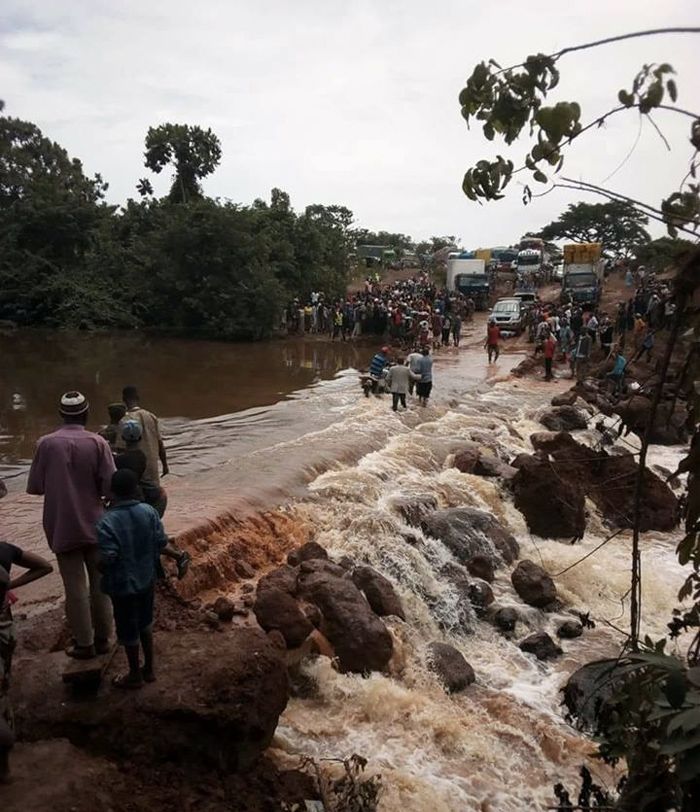
Photo of a washed out bridge during the rainy season taken from the West Africa Travellers facebook group
In 2017, we traversed Guinea length-wise on small 110 cc scooters. The photo at the top of this post came from that trip. In addition to fording rivers, we spent a good amount of time navigating potholes and tank traps, rock staircases and trenches of sand. For more on that trip you can read the trip recap part 1 and part 2.
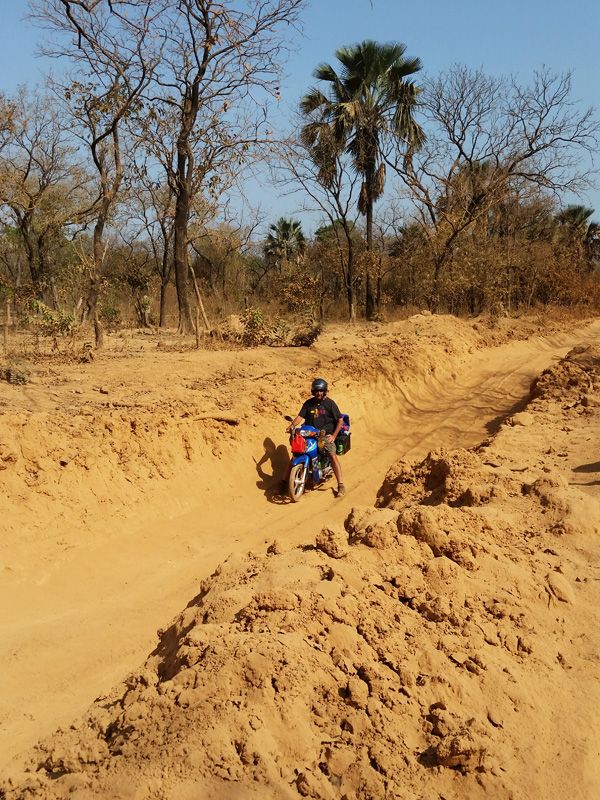
Need I say more?
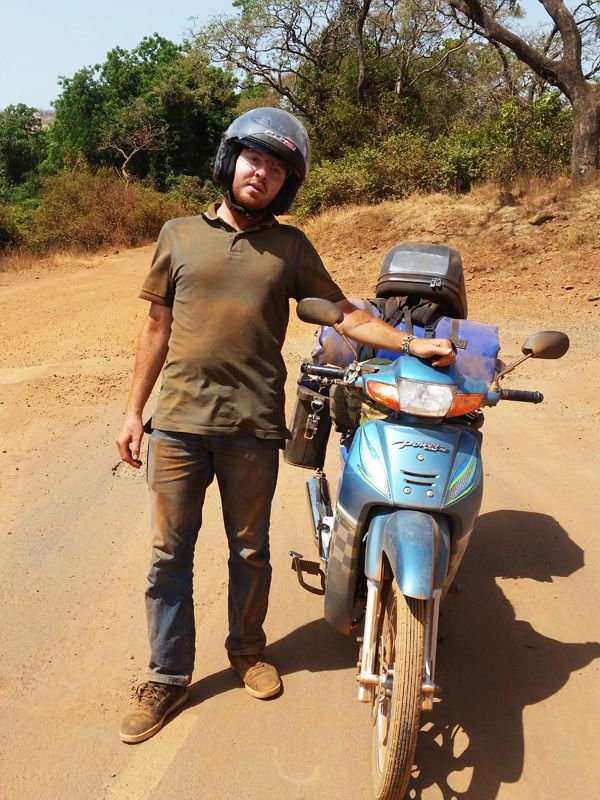
Ok, that should do it.
Of course, you can always go into a travel experience blind, taking a chance and enjoying the many random challenges. We’ve done that plenty of times ourselves. But for those that want a bit of guidance, here are a few tips for navigating the Guinean road network.
Tips for Getting Around Guinea
Whether you are taking public transport or your own vehicle, you should first check out our article on road safety. All of those bullet points in that article apply here.
One point I would emphasize is that local knowledge trumps anything you will find on Google maps. Ask truck and sept-place (bush taxis) drivers about the best roads. These guys are constantly on the road and they know the best routes as well as travel times and possible obstacles. On our particular trip, a truck driver wisely steered us away from what looked like a shortcut on Google maps. We would probably still be on that bombed out track if it wasn’t for his advice.
Give yourself plenty of time to arrive at your location. Don’t count on logging especially long distances. We advise against driving at night in general in West Africa, and this is especially important on some of the more treacherous roads of Guinea, which are of course unfenced and unlit.
Use Patrick Madelaine’s map. We referenced Patrick in our writeup on the spectacular Fouta Djallon. He is a great resource for all things Guinea, and he has put together this excellent crowd-sourced map that evaluates the state of the roads throughout the country. It is updated with information from travelers themselves and is thus far more useful than something you will find in your typical guidebook.
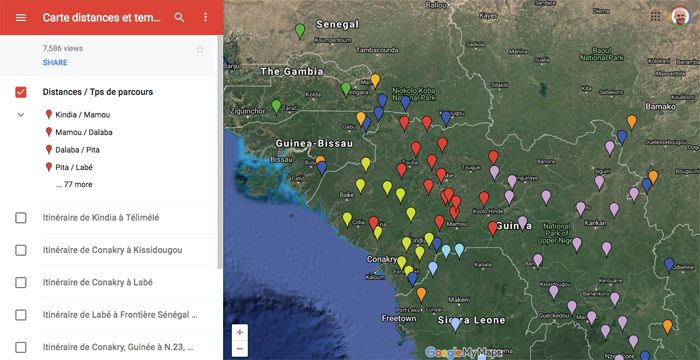
Click here to access the full version of the map. Of course, if you drive on any of these roads, get in touch with Patrick and let him know the current conditions.
Lastly, if you are traveling in your own vehicle, it is a good idea to have some mechanical knowledge and spare parts. In West Africa, you will always come across friendly villagers and fellow drivers that will help you out. However, in Guinea, particularly in places like the Fouta Djallon, you will find that the villages do not have much in the way of parts and broken down vehicles can quickly turn into multi-day projects. Come equipped and you can avoid this.
Have you traveled on the roads in Guinea? Feel free to add your two cents in the comments below.
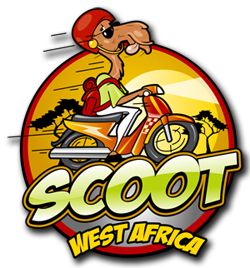
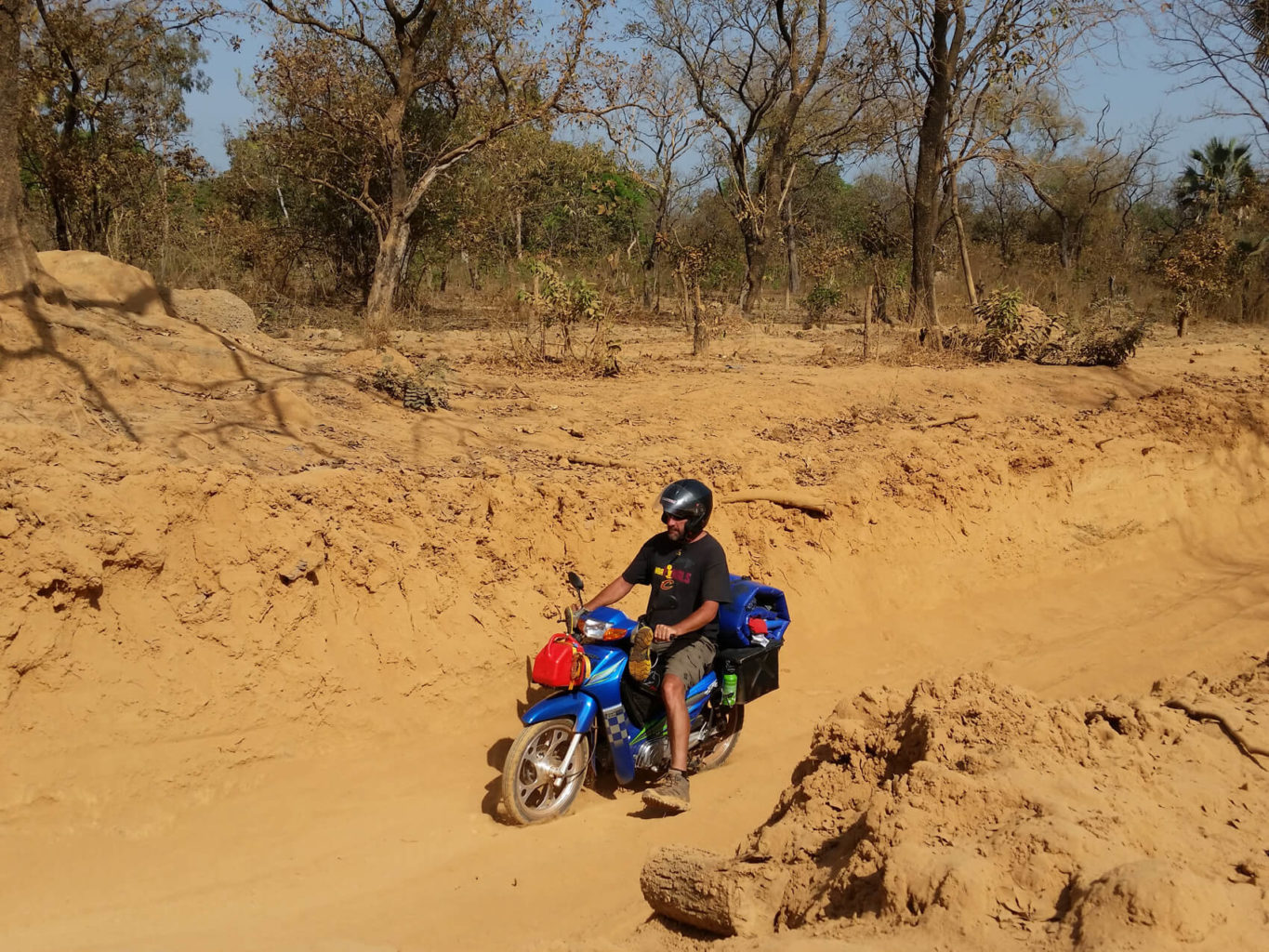
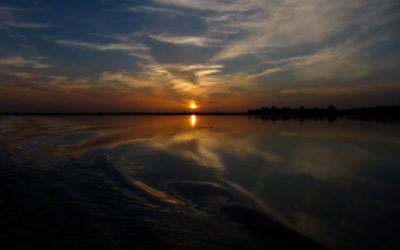
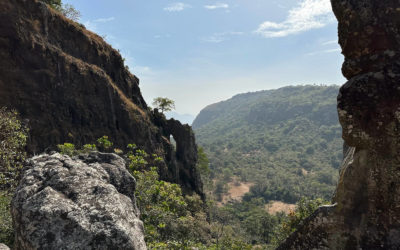
0 Comments